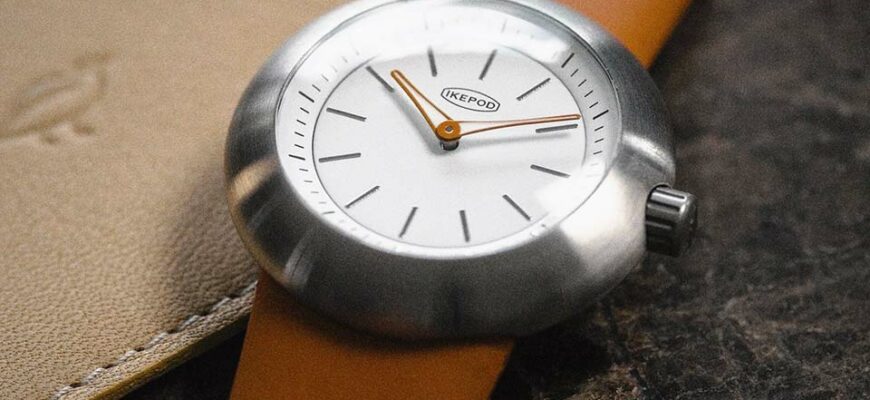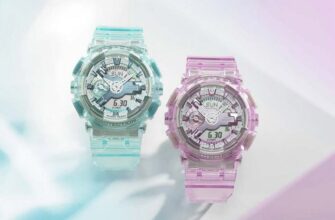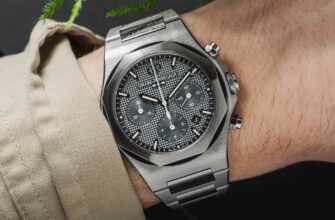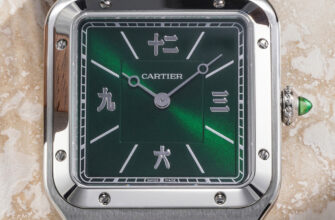It’s not that it’s been a very long time, but rather recently we have dismantled metal bracelets here, it’s time to pull the rubber, and almost literally – today we will pay attention to one of the most durable and versatile materials for watch straps, natural and synthetic rubber.
Decades ago, watch straps made of natural rubber were uncomfortable, sticky, constantly wet where they came into contact with the skin of the wrist, besides, they also cracked, and then torn in the places of these same cracks. It was difficult to call them stylish and expensive watch components, but everything has changed since then. Today, companies, including those of the highest echelon, complete their watches (mainly of a sports nature) with rubber products - we recall Audemars Piguet, Vacheron Constantin and others.
We should thank for this convenient "innovation" not so much those who like to dive deeper, although this romantic pastime has contributed to the popularity of the species, but the evolution of materials and progress in their production: that is why we now have access to high-quality, and, let's not be afraid of this definitions, efficient rubber watch straps. These stylish "accessories" come in a variety of colors and designs, and are suitable not only for swimming in salt water, but also for evening outings, whatever that means now ...
It is believed that the turning point in the history of rubber straps was the 1980s, when Hublot introduced rubber straps (or hybrid: rubber plus metal) for luxury watches. If you are so passionate about watchmaking, then we will briefly go over the main defining points that in the future will allow you to receive a medal in the competition of connoisseurs or the best in the profession.
Rubber watch strap - a brief history
A good help in studying the evolution of watchmaking and other related studies is looking at watch advertisements. Compiled in Marco Strazzi's Watch Ads 1960-2000, evidence shows that rubber watch straps (originally reserved for divers) became popular in the 1960s. But, remember, the quality and durability left much to be desired, and such straps were criticized quite often, and for good reason - almost everyone was “persecuted” for not meeting expectations. Everything except, perhaps, the legendary Swiss straps under the Tropic brand.
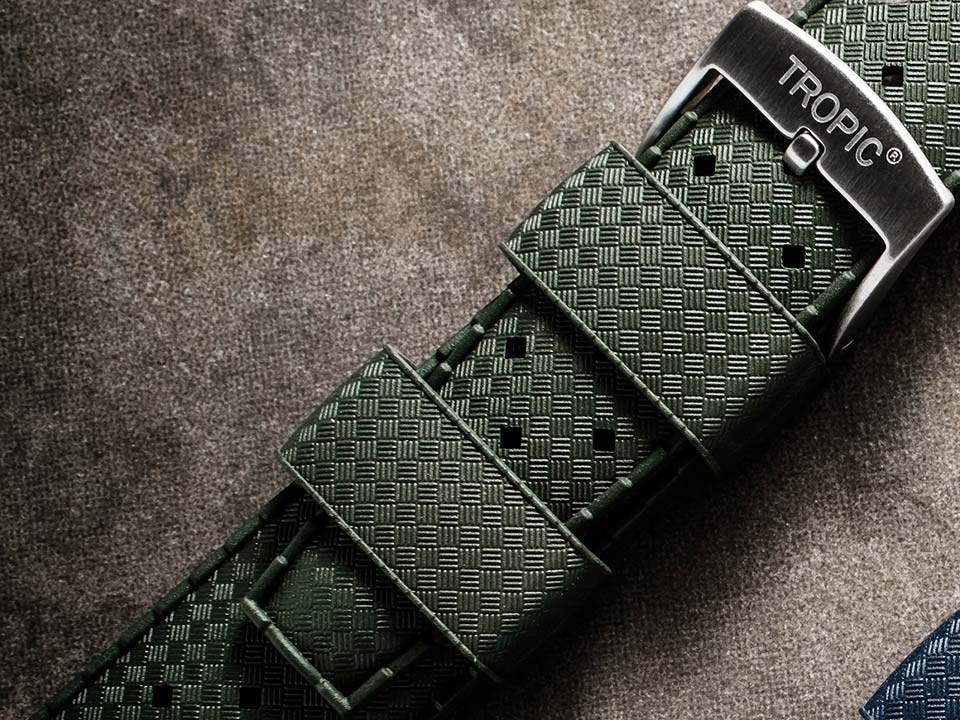
Early on in its rise to fame, Tropic straps were produced as a cheap (and more practical for divers) alternative to the standard metal bracelets offered with diving watches. Among the brands that fitted Tropic straps to their underwater (and war) enthusiasts were Rolex and Tudor, including models such as the Tudor Submariner commissioned by the French Navy. Tropic in those years could be found on Blancpain Fifty Fathoms watches (sold by LIP), as well as on LIP's own Nautic brand watches. Tropic found its way into watches with a "super compressor" case patented by Ervin Piquerez SA (EPSA) in the 1950s, the original IWC Aquatimer from 1967 also came with a Tropic strap to complement the stainless steel bracelet.
Rubber straps in the 1970s and 1980s finally won their place under the sun and under water. Little known now, but super popular before, the Precimax Super-Dive and Aquastar Benthos 500 watches were issued on rubber, usually black, and not on the bright blue, orange or yellow rubber straps that are so common today. As the rubber fad took off, watches like the 1990s Ikepod, the Audemars Piguet Royal Oak Offshore, the 2006 Eterna KonTiki Diver, the Vulcain Nautical Caliber V-10 and the Glycine Lagunare LCC 1000 emerged.
In the 1980s, the Italian manufacturer Bonetto Cinturini entered the watch strap market. Since then, this company has firmly taken the place of one of the leading manufacturers of rubber watch straps, if not the leader. Whether you want a black strap with a tread texture or an orange rubber watch strap that catches the eye, Bonetto is sure to satisfy you: Bonetto supplies both the big luxury brands and the microscopic companies, which are numerous .
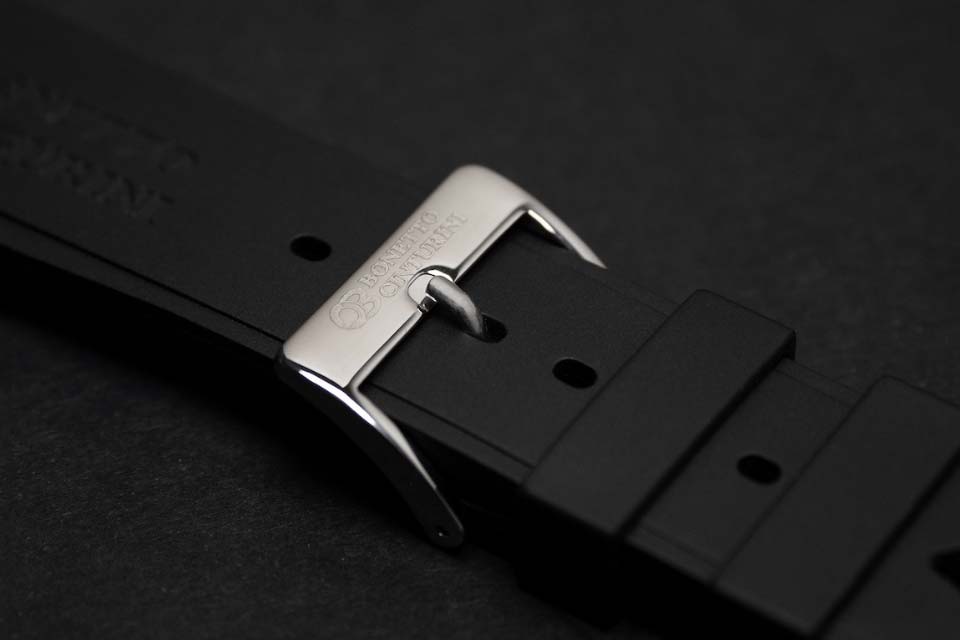
Currently, in the catalog of any self-respecting watch manufacturer for diving or just sports watches, there are options with a rubber strap. From Cvstos to TAG Heuer and Perrelet with Raymond Weil, to Gucci, Oris, Corum and more, rubber straps feature prominently in the range of all brands. However, rubber watch straps are not just for the water element, think Chopard, which has been wearing them since the 1980s in the motorsport-inspired Mille Miglia collection. Some of these regularly updated models come with rubber straps that faithfully reproduce the characteristic tread pattern of classic Dunlop racing tires from the 1960s.
In fact, in everyday life we often confuse rubber and rubber, silicone and PVC when we talk about the materials that are used in the production of "rubber" straps. It is reasonable here and now to bring some clarity, without pretending to be an honorary chemist - having studied the issue a little, I am sharing the information with you.
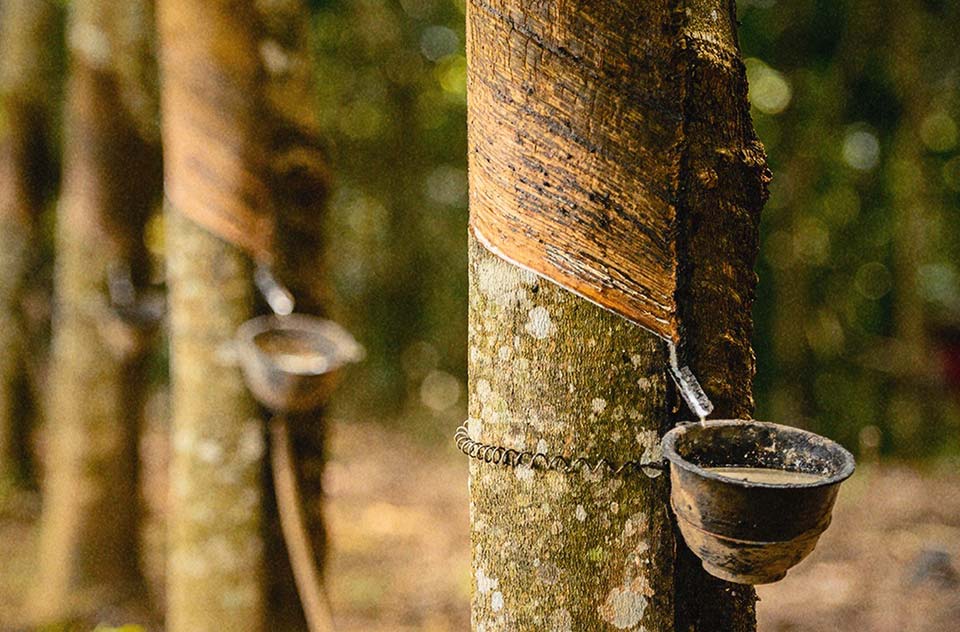
Natural rubber, we all remember this very well, is obtained from rubber plants, for example, from the Hevea tree in Brazil. From one tree per year, by tapping (a very funny word, you must agree), from 3 to 8 kg of latex are obtained. The main composition of latex is polyisoprene. Rubber, a highly elastic material, is obtained from latex by polymerization. But rubber, obtained from natural rubber, has a number of disadvantages. It swells in gasoline, is afraid of oil, and breaks down at high temperatures. But the chemistry of macromolecular compounds has reached such a level of development that it is able to create materials with certain specified properties. So the addition of polyacrylonitrile molecules to rubber gives it resistance to the action of gasoline and oils, if this seems important to you.
Rubber grades obtained using organosilicon polymers can withstand temperatures up to 300°C. Polyurethane rubber has a very high strength, it is used for the manufacture of car tires. Isoprene rubber is a product of polymerization of isoprene in solutions of a stereoregular structure, which has a high elasticity. But the important thing to remember is that rubber is vulcanized rubber.
As we noted earlier, many of the first natural rubber straps were not examples of quality and functionality. However, the vulcanized rubber watch band is currently one of the most popular and widely used in high performance applications. As with any rubber, its characteristics are determined by more than just its type, be it nitrile butadiene rubber (NBR), silicone rubber, polyurethane rubber or PVC rubber. Also important is the special formulation and processing by manufacturers such as the already mentioned Bonetto Cinturini.
After rubber (or rubber), our second most popular strap is silicone straps. Rubber and silicone are not materials in themselves, but types of materials, so not all straps made from them are the same. Discussions about rubber and silicone as applied to our topic usually focus on a few properties: the softness and comfort of silicone versus the durability of rubber - but it's not that simple.
Silicone straps tend to be extremely soft, flexible and comfortable, even in the affordable price range. While silicone straps are perhaps a little less durable than rubber ones and tend to attract dust and lint (which can be easily washed off with water), silicone straps are quite durable and without putting too much risk on the watch they are holding, you won't damage the strap either. Silicone straps, for example, are equipped with all modern Ikepod collections.
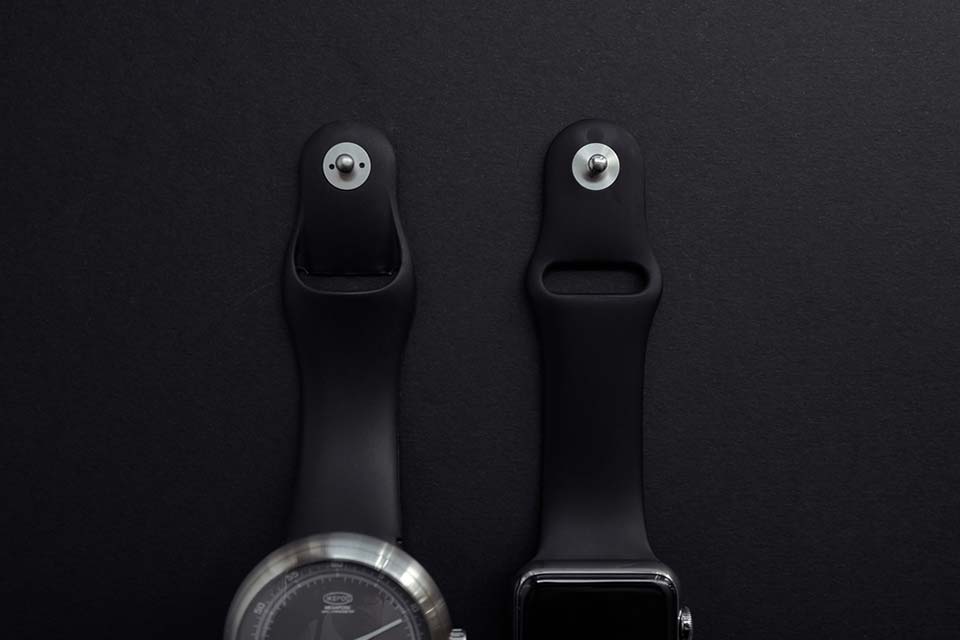
When people complain about rubber straps, it's usually because they are too stiff - some fans even recommend boiling the rubber strap to achieve the right level of flexibility and comfort. And yes, some rubber cracks over time. But this is if we are talking about "rubber" inexpensive. A high-quality rubber strap is sure to be soft, comfortable and durable - but you will also have to pay more for it.
There are also synthetic rubbers that are made from petrochemical bases, like isoprene and neoprene. Isoprene straps have a good reputation, but are several times more expensive than a high-quality vulcanized rubber watch strap.
Concluding this "chemistry lesson", let's agree that in any of the main types of "rubber" additives, composition, purpose, exposure to the natural environment, personal preferences and lifestyle of the wearer, time (!) are important factors in determining performance, comfort and durability. straps. The original Tropic straps have proven to be quite durable, sometimes offered as new old stock, from the 1960s, for a lot (for a strap) of money, and they last well despite their age…
Below are the characteristics that make the rubber watch band so attractive for diving, sports and general recreation, and as a luxury watch accessory. One style commentator writes: “That rubbery, strap-like thing that holds the new Rolex Oyster Perpetual Yacht-Master Everose Gold watch on your wrist is not, in Rolex's opinion, 'rubber'. And it's not a belt. According to the company's description, this is Oysterflex, a "technical bracelet". Rubber watch bands have firmly established themselves as must-have accessories for more exotic watch bands!
What makes the "rubber" strap so attractive for sports, recreation and just leisure? Someone has collected all the characteristics together, here is a list of a smart person.
Water resistance in both fresh and salt water, durable, UV resistant, available in a wide range of colors and textures, non-allergenic and non-toxic, easy to clean and wash, does not conduct electricity, securely fit and adjusts well, flexible, stretchy, lightweight, cheaper than steel bracelets, resistant to damage, in some cases they have a pleasant smell - for all this, of course, we take our hats off to them.
Practical, comfortable, safe and durable, and with a pleasant smell, it's no wonder that rubber straps are so popular. Which to choose?
As always, choosing between different types of watch bands depends on several factors. Whether you end up with natural rubber or synthetic polymer rubber, your choice of strap should match your usage and personal preference. Fancy bright colors, "cheap and cheerful" or the best strap for professional divers' watches - it's up to you, we only suggest.
As is the case with today's "NATO" cloth straps, the advantage of the latest rubber watch straps is their affordability. This means that you can afford to experiment with different types and styles of watches. Do not chase an expensive “company”, study what micro brands offer, but if you are too lazy to spend time studying the market, trust your dealer, or take Tropic, so you can always explain to yourself and others why you made such a choice.
